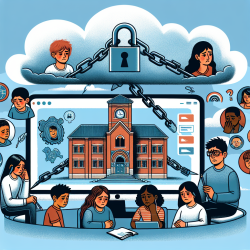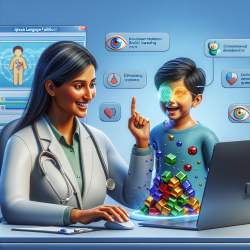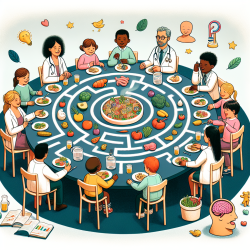The COVID-19 pandemic has brought numerous challenges to light, especially for adults with visual impairments. A recent study titled "The Impact of COVID-19 on Transportation of Adults With Visual Impairments" highlights critical issues and offers insights that practitioners can leverage to enhance their skills and support their clients better. This blog aims to provide a comprehensive overview of the research findings and practical steps that can be implemented.
Understanding the Research
The study, conducted by Zebehazy, Rosenblum, and Thompson, utilized the constant comparison method to analyze responses from 1,162 participants. The research identified ten interdependent themes that highlighted the concerns of adults with visual impairments regarding transportation during the pandemic. These themes included:
- Support Network
- Financial Considerations
- Medical Needs
- Safety
- Social-emotional Impact
- Personal Transport Changes
- Technology
- Inaccessible Solutions
- COVID-19 Impact on Lifestyle
- Systemic Social Issues
Key Takeaways for Practitioners
1. Enhancing Problem-Solving Skills
Practitioners should focus on helping individuals develop strong problem-solving skills. This includes financial planning and understanding available transportation options. Encouraging clients to anticipate potential disruptions and develop alternative plans can significantly reduce stress during emergencies.
2. Advocacy and Policy Involvement
Practitioners can play a crucial role in advocating for the needs of those with visual impairments. Joining advisory boards, meeting with policymakers, and working with local companies can ensure that the voices of individuals with disabilities are heard and considered in transportation and disaster planning.
3. Leveraging Technology
Technology has become indispensable, especially during the pandemic. Practitioners should stay updated on accessible and usable apps and websites, teaching clients how to use these tools effectively. Advocacy for better technology solutions is also essential.
4. Social-Emotional Support
The pandemic has exacerbated feelings of isolation and dependence among individuals with visual impairments. Practitioners should provide social-emotional support and encourage clients to build and maintain robust support networks.
Encouraging Further Research
The study underscores the need for more research to understand the long-term effects of the pandemic on transportation access for people with visual impairments. Future studies should also examine the social-emotional impact and the effectiveness of different transportation solutions.To read the original research paper, please follow this link:
The Impact of COVID-19 on Transportation of Adults With Visual Impairments.










